My Internship at MGH/HMS Is the Light of the Future of Cancer Treatment
Ani Seppelin poses alongside a presentation of the research being conducted.
“Light defines our universe: on the largest of scales, it is the ultimate speed limit of the universe; on a very small scale, it gave rise to the birth of quantum theory; on a human scale, sunlight is the primary source of energy for all life on Earth. We are providing amazing new imaging technologies for research, diagnosis and treatment, treatments undreamed of only a few years ago. We intend to make these technologies and treatments both life-saving and affordable. All with the power of light.” -Wellman Center for Photomedicine.
Light surrounds all of us. It is the reason for our existence. Without light, we simply would not be alive. Light is responsible for the production of the air we breathe, regulates our sleep cycle, provides warmth, temperature, food, and energy. Light prevents chronic diseases and keeps everything healthy. However, this fundamental aspect to our life is also the reason for our suffering. It’s a well known fact that light causes the most common cancer in humans.
What if light was used to eliminate this cancer? Can light be altered to heal diseases?
What if light could heal infections, repair wounds, provide rapid healing, and treat cancer? The Wellman Center is finding answers to these very questions. This past summer, I had the opportunity to intern at Massachusetts General Hospital/Harvard Medical School researching the effects of light on cancer.
The Wellman Center for Photomedicine
The Wellman Center for Photomedicine, located at Massachusetts General Hospital, is the world’s largest academia research facility for photomedicine and photochemistry approaches. In other words, the Wellman Center studies the application of light with respect to health and diseases. The Wellman center is home to the creation of laser hair removal, tattoo removal, tissue healing, the technology behind CoolSculpting, the first infrared confocal laser scanning microscope, and the Gut Probe Pill listed on Bill Gates top 10 breakthrough technologies of 2019. Each year the Wellman Center sweeps awards for most innovative photochemistry approaches and innovations. Each of these inventions was created by studying the effects of light on human biology.
I was placed in Dr. Tayyaba Hasan’s lab. Dr. Hasan is an inventor of Visudyne, along with 20+ other inventions, a professor at Harvard Medical School, the Wellman Center, & Harvard-MIT. She is also well known on the international level due to her life changing contributions in photomedicine. This past summer, I researched the effects of near infrared light on pancreatic cancer cells with an aim to enhance immunogenicity.
What actually is light?
Light, as in the colors we use to view the world, is known as visible light. This is light the naked eye can recognize. Visible light allows objects to be seen, it is the rainbow of colors. This type of light is only a portion of the electromagnetic spectrum however. This spectrum consists of gamma rays, X rays, ultraviolet rays, infrared waves, microwaves and radio waves. Ultra violet rays are the rays that give skin cancer. However, it is visible light that we are using to treat this deadly disease of cancer. For my project specifically, I used a laser that produced a wavelength of light near the end of the visible light spectrum.
Photodynamic therapy
Photodynamic therapy is a non-invasive photochemistry-based approach of therapy that requires the administration of a non-toxic, light activated chemical, referred to as a photosensitizer that upon irradiation with a specific wavelength of light, induces cytotoxicity at target sites. When irradiated, the photosensitizer reacts with the surrounding biomolecules to produce cytotoxic molecules that can induce cell death in the target cancerous cells. This photocytotoxic reaction is confined only to the irradiated tissue where the photosensitizer has been distributed thus limiting its off-target effects and minimizes collateral damage unlike chemotherapy that induces systemic toxicity. In a nutshell, photodynamic therapy uses lasers to shrink and kill tumor cells in a confined area so it does not destroy both the good and bad cells. Furthermore, photodynamic therapy is more precise and can be used as a combined therapy
Photodynamic is widely used as a treatment for exterior cancers, as it is easier to locate and irradiate. The Wellman Center for photomedicine is currently finding a way to use photodynamic therapy on internal cancers such as oral, ovarian, prostate, pancreatic, head and neck cancers. Numerous experiments have obtained positive results and have moved onto clinical trials. A procedure using photodynamic therapy is also being created as a way to eliminate the microscopic cancer cells present after surgery as a verifying step to rid of all the cancer cells.
Dr. Mohammad Saad, a postdoctoral fellow researching numerous cancers commented on the benefits of a photodynamic therapy approach to cancer treatment, “Photodynamic therapy is extremely beneficial because it limits the damage to healthy cells. This gives the ability to combine photodynamic therapy with immunotherapies and ultimately train the immune system to kill off the cancer cells.” Dr. Saad also noted how optics is a cross world of all the sciences. “Although we all specialize in optics at the Wellman Center, we all come from different backgrounds. This is what makes our research so unique. We have the biologist, and chemists, but we also have the engineers, dentists, data scientists, doctors and physicists all on the same floor. This creates an environment where the opportunities are endless and each idea has the potential to become something larger.” Saad recently published a paper on a new finding in oral cancer treatment using photodynamic therapy and is working on numerous cancer experiments.
Despite the healing power of light being known for centuries, the treatment of numerous types of both internal and external cancers utilizing light is up and rising. Each year new cancer treatments emerge utilizing the power of light.

Ani Seppelin is currently a sophomore at Oakmont Regional High School. She loves being active in sports and inside the community. Letting her voice be...


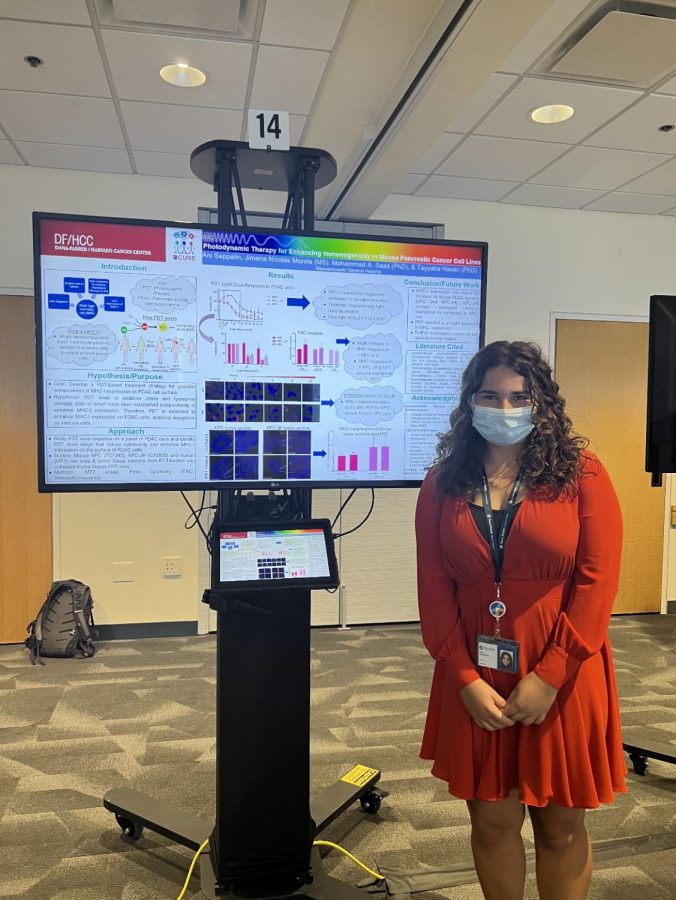
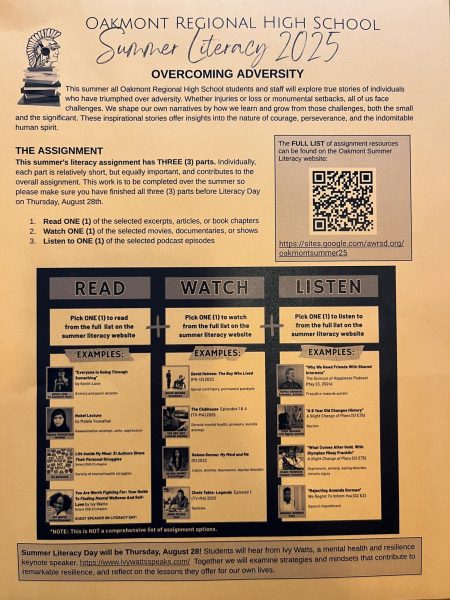
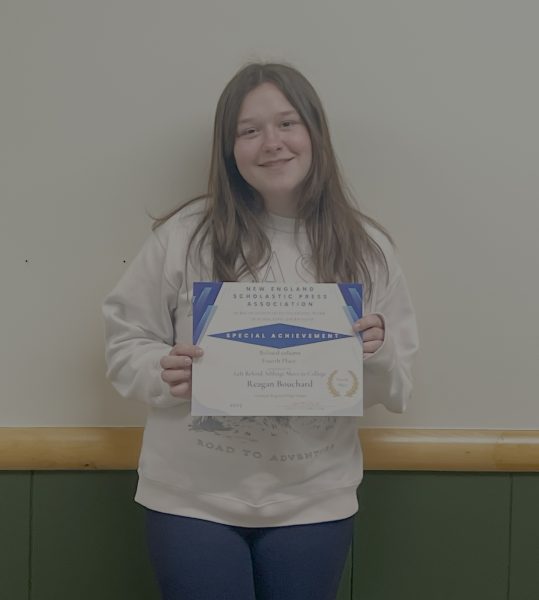

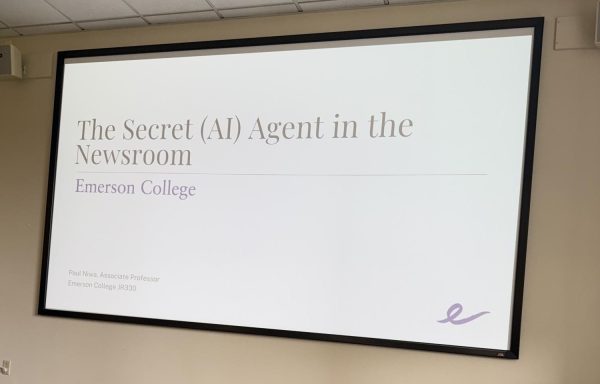
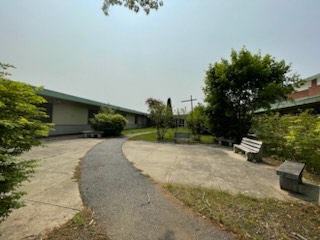
David Seppelin • Mar 11, 2023 at 3:07 pm
High level academia and fascinating research – very cool